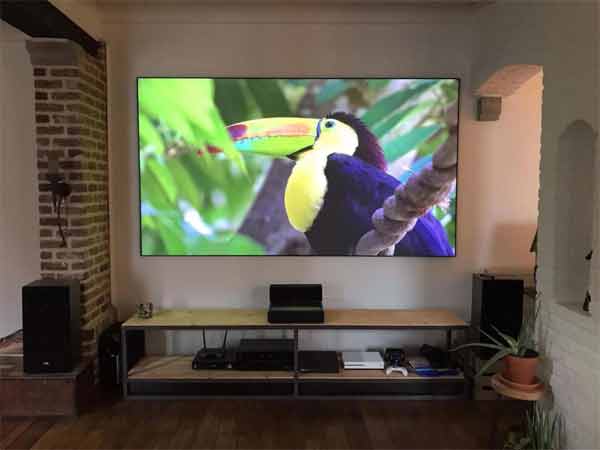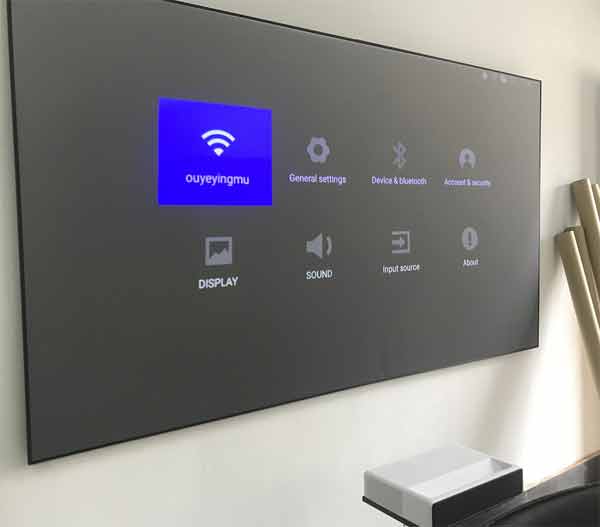Multimedia projector screens provide a better alternative to simply beaming your video against a wall. They’re designed to reflect light, so colors pop off the screen and videos look more vibrant. Whether you need a projector screen for your home theater or frames for projection screens, you can make the most of your purchase by learning more about the different options and accessories.

Should I Choose a Gray or a White Screen?
White HD projector screens are a popular option because they’re bright and more effective at handling darker tones. They’re extremely useful in fully darkened rooms. Gray movie projector screens offer sharper contrasts, and can create deeper blacks and richer tones in darker colors. If you’re using a projector in a room that isn’t entirely dark, a gray screen might be a better choice.

Projector Screen Types
Projector screens fall into three basic groups: fixed, portable, and retractable. You install a fixed screen in a dedicated space on the wall using the right mounting hardware for projection screens. Ideal for man caves and theaters, they make an optimal choice if you want a permanent display. For a convenient, on-the-go display solution, consider a portable projector screen. Some models feature built-in stands while others might have tripod legs. Portable projector screens are a good fit for presentations. Retractable screens are a popular choice because they offer some flexibility. You can pull them down when you need them and put them away when they’re not in use. Retractable home projector screens may be manual, or equipped with an electric motor.
Choosing the Right Projector Screen Size
For the best results, choose a screen height that’s at least a quarter of the distance to the farthest chair. Therefore, if the farthest seat is 30 feet from the screen, the projector screen size should be at least 7.5 feet high. The width of the it depends on the aspect ratio of the projector you intend to use. Some of the standard formats available include 4:3 projectors and 1:1 square format projectors (often used for presentations). 2.35:1 CinemaScope projectors are common choices with movie projector screens in cinemas, while 16:9 and 16:10 projectors deliver an HDTV or widescreen experience.
Projector Screen Fabric
When choosing screen fabric, the two most important things to consider are the viewing angle and the gain. The viewing angle affects how the screen appears at an angle, while the gain determines how well the screen reflects light. For instance, if the material has a screen gain of 1.0, it means that it reflects projected light with the same degree of brightness. A higher value means that fabric increases the brightness of the image, while a lower gain value means that the image loses some brightness.


